American Graffiti (1973)
“Maybe I’ve grown up. Maybe I changed my mind.”
|
Synopsis: |
|
Genres, Themes, Actors, and Directors:
Response to Peary’s Review: He points out that “fittingly, we don’t see our young heroes and heroines having dinner at home with their parents, doing their homework, or attending classes.” Instead, the film is structured around one strategically compressed night in which “at the beginning and conclusion, we see our four male heroes together”: … and “in between, they go their separate ways.” Peary notes how “smoothly” Lucas moves “between the four storylines, which at times intermingle”: Howard and Williams’ romantic challenges; Dreyfuss’s adventures with “three toughs” (led by Bo Hopkins): … “Smith having “the wildest night imaginable” with “batty blonde Candy Clark”: … “and Le Mat unexpectedly finding a “great companion” in Phillips. He writes that “the pace is swift, the dialogue is consistently witty and clever, and the characters are terrific,” and he adds that the “film features the first great golden-oldies soundtrack” (costing only $80,000!). In Alternate Oscars, Peary names this the Best Film of the Year, and points out that “because of this seminal youth film the next two decades would be overrun with pictures about overly worried or overly excited teenagers… but none would be such labors of love.” As he writes, “None would have the sense of fun, humor, warmth toward characters, or genuine nostalgia that is evident in Lucas’s every shot and line of dialogue,” and he points out that this film “was an instant classic” (though not beloved by all critics), “a smash hit, [and] a vehicle that helped launch numerous careers (even Harrison Ford has a small part).” I’m in agreement with Peary’s laudatory review, and was very pleasantly surprised to find this nostalgia-laced classic so authentically engaging. There doesn’t seem to be a wrong step taken here, from careful selection of each supporting character in the large ensemble cast to Lucas’s penchant for cultivating improvised “mistakes”. Watching Laurent Bouzereau’s must-see documentary (1998) about the film’s 28-day rapid-fire production shows that input from producer Francis Ford Coppola and cinematographer Haskell Wexler also seemed to play a crucial role in the film’s creative success. This film remains well worth a revisit. Notable Performances, Qualities, and Moments:
Must See? Categories
(Listed in 1001 Movies You Must See Before You Die) Links: |

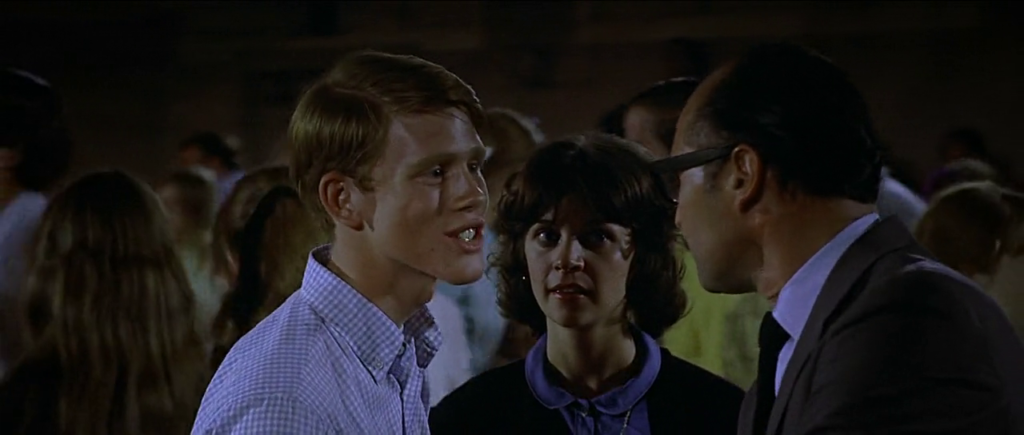
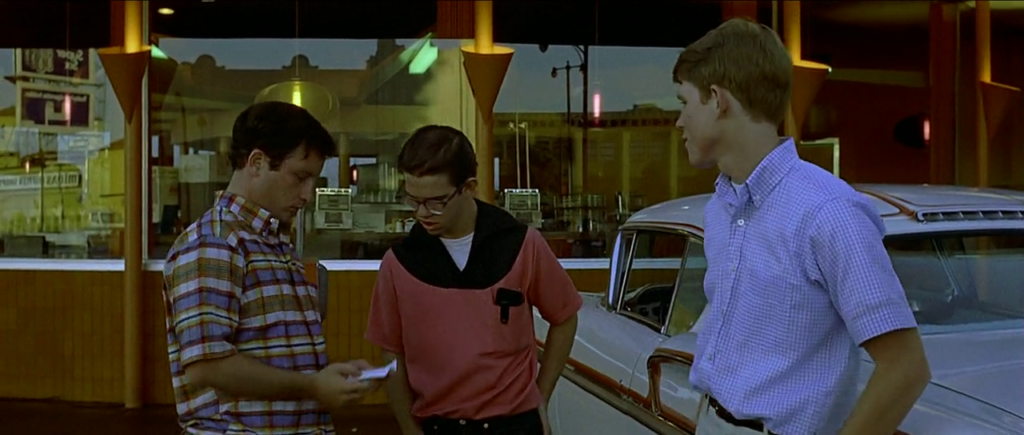
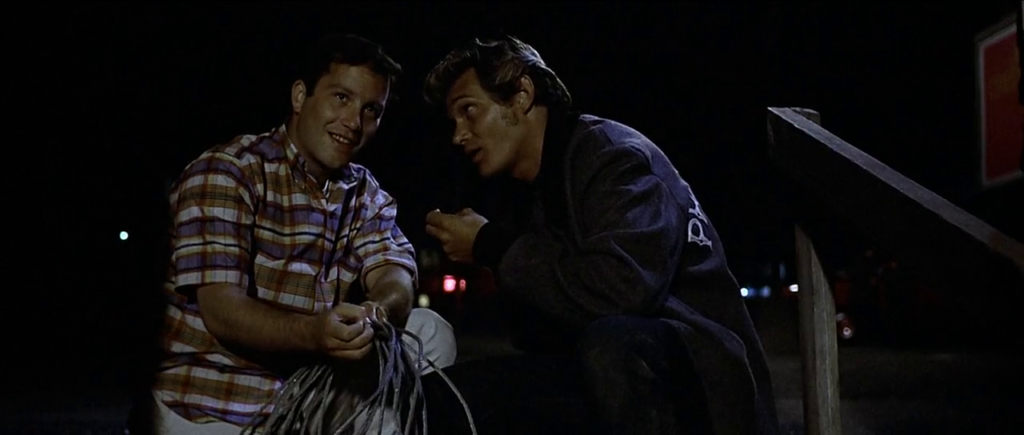

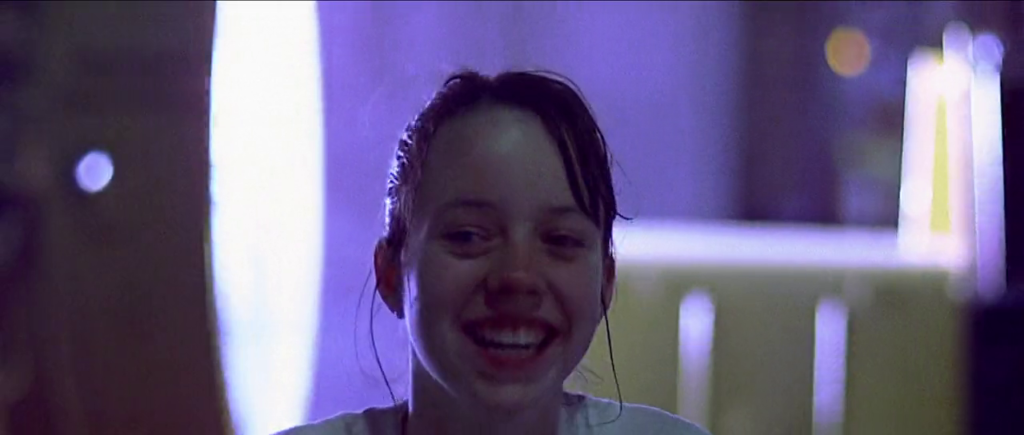

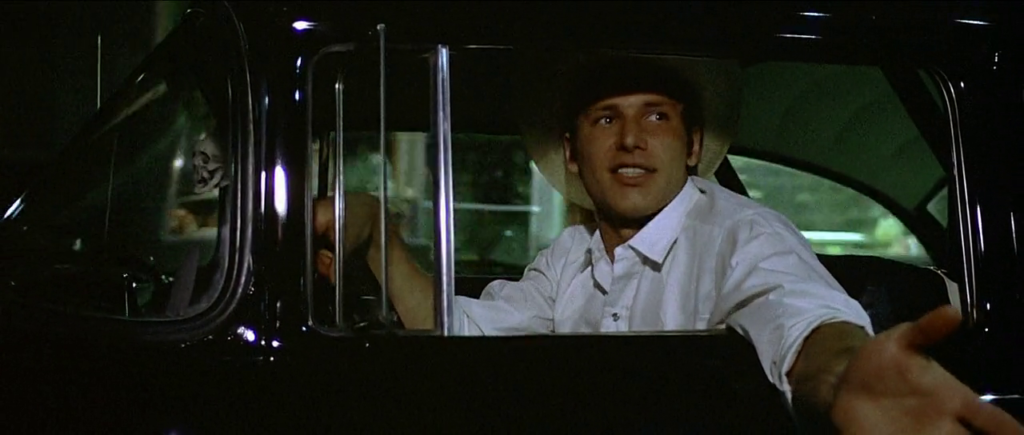

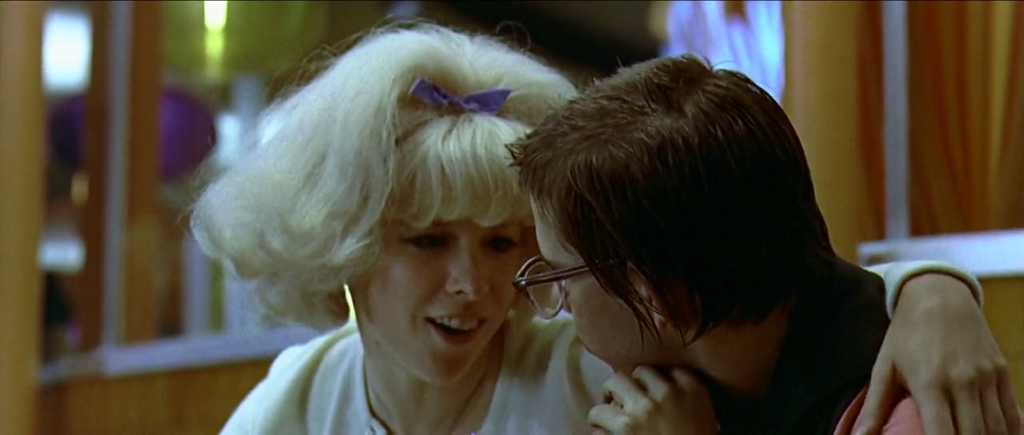
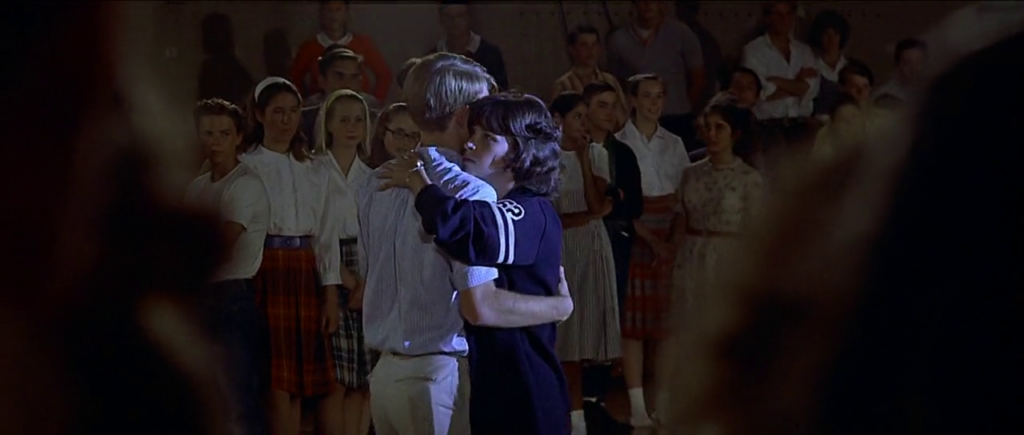

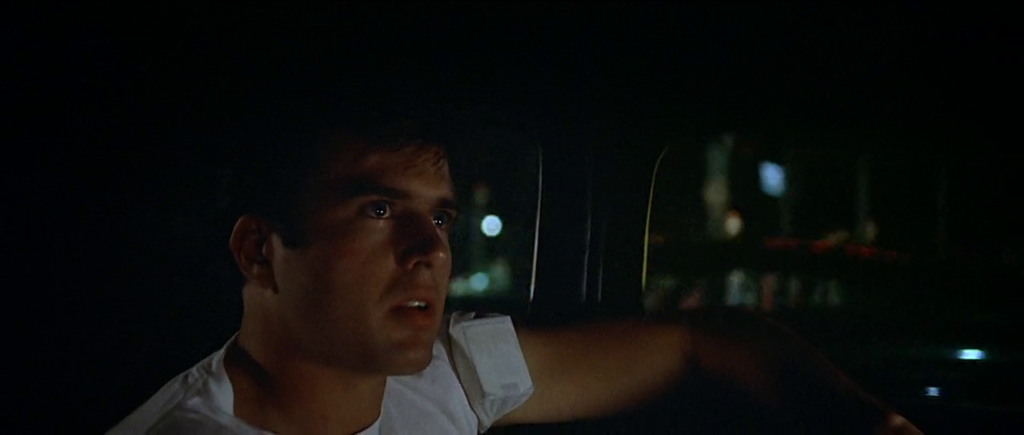
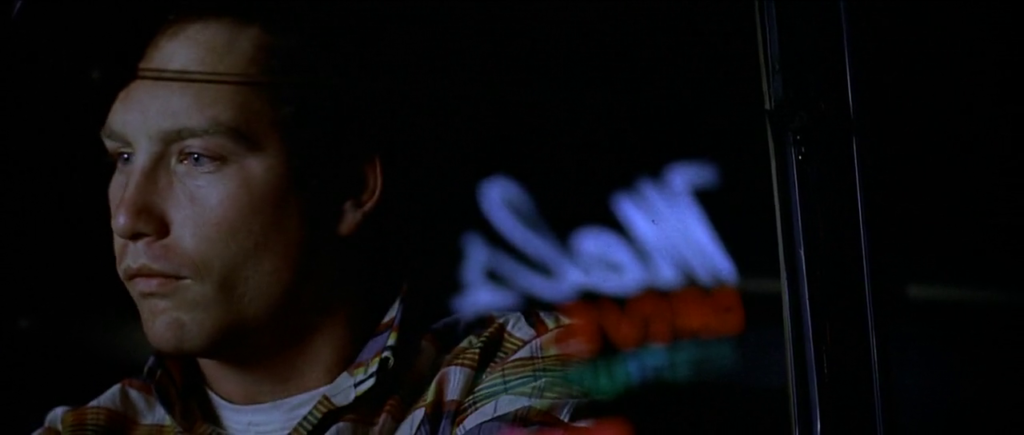

One thought on “American Graffiti (1973)”
First viewing (11/13/21) since its initial release. I didn’t particularly like it then and I don’t like it now. Not must-see – but there will be those who see it as a benign classic.
An overrated film. I’m not sure why it was so popular when it was released (except to say that an “idealized” view seems to state that case). I can imagine that – whether or not viewers related to any of the specific situations presented – it made audiences (guys especially) look back on their own adolescent days (if those days were in the ’60s) with a skewed feeling of nostalgia.
Although – like ‘American Hot Wax’ – the film is almost entirely strung together with music of the period, this isn’t a movie about the music. (Its score is largely from a period that comes just slightly after the one in ‘American Hot Wax’.) It’s a movie (mostly) about cars, thinking about sex or trying to get laid, and generally acting stupid; that’s it. (Maybe there *should have been* scenes at dinner with family, etc.,; anything to balance out the navel-gazing.)
There are a few good jokes – and I can’t deny that the overall tone of the dialogue feels authentic – but the script isn’t particularly funny.
Significantly, the main female roles (taken by Cindy Williams, Candy Clark, and Mackenzie Phillips) make more of an impression than the male ones – yet, at the end of the film, it’s only the male characters whose fates are described; the futures of the women are not revealed. Odd, that – but it sends a message about this being a (goofy) white man’s world. The male characters depicted here – who ultimately “go their separate ways” – have learned much more about bantering than bonding.